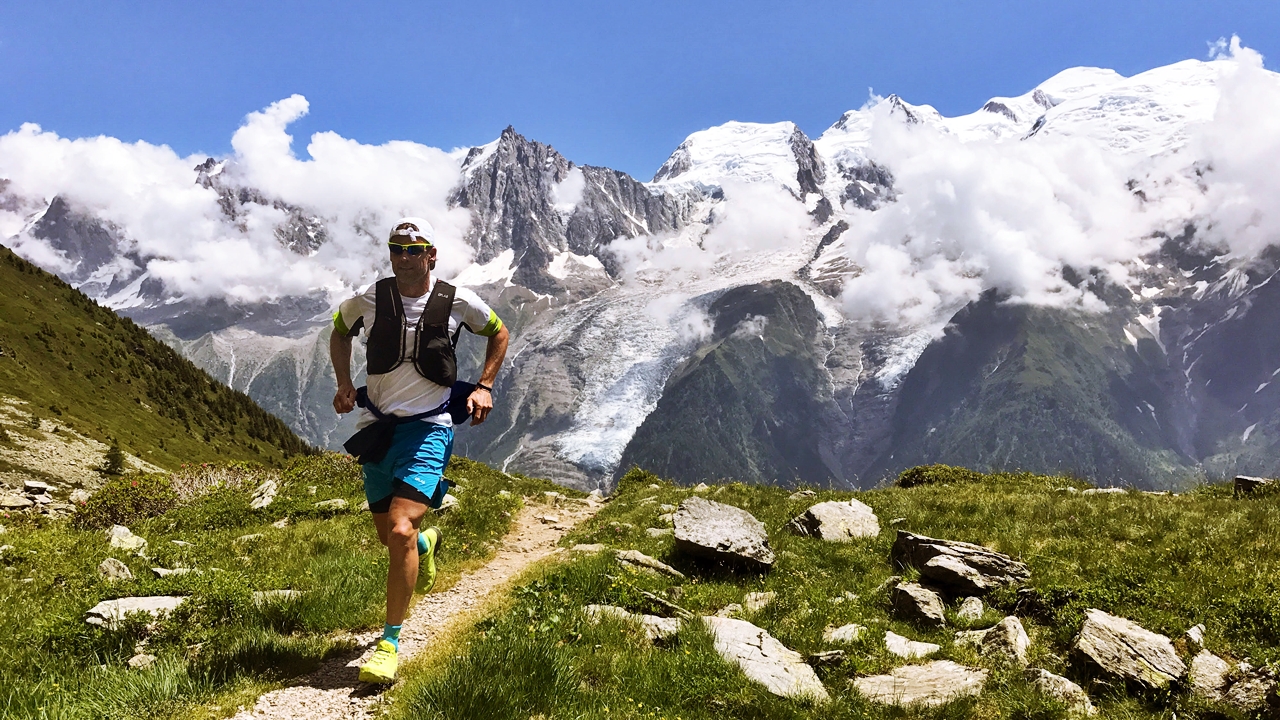Trail running is running on forest paths or unpaved roads. In contrast to running on the road or on a treadmill, trail running takes athletes through varied terrain, often with breathtaking views. Trail running became popular in the mid-1990s and has experienced explosive growth over the last twenty years. What exactly is trail running, and why are so many people attracted to it?
Defining Trail Running
At its core, trail running is an endurance challenge, mainly on natural surfaces, often with significant elevation changes. It offers experiences on a variety of terrain, including sand, dirt, and forest paths, as well as snow trails that lead through different environments, such as mountains, forests, plains, and deserts. Trail runners must adapt the pace to the terrain, speeding up on flatter sections, slowing down on uphill stretches, and hiking steep inclines. This variety is part of what makes trail running so appealing; every run is unique.
Connection with nature
One of the primary reasons people are attracted to trail running is the chance to connect with nature in a challenging setting for both the mind and body. Running through forests, along riverbanks, or on mountain trails allows runners to experience the natural world in an intimate and exhilarating way. This connection provides a deep sense of calm and well-being. Trail running promotes not only physical fitness but also mental health.
Physical and mental benefits
Trail running is an excellent full-body workout. The uneven terrain engages muscles differently from road running. Elite trail runners have a different neuromuscular profile than road runners; they are typically stronger and more powerful. In addition, the varying intensity of trail running—alternating between flat sections, inclines, and declines—provides an excellent cardiovascular workout.
On the mental side, trail running requires intense mental focus and concentration. Navigating rocks, roots, and other obstacles demands attention, which can help take the mind off daily stresses. Many trail runners find that this heightened focus leads to a state of flow, where time seems to stand still, and the mind is fully immersed in the activity.
Trail Running Races
Trail running races offer an extreme diversity in distances, ranging from a few kilometers or miles to ultra-distance events exceeding 400 kilometers (250 miles). Intermediate distances (10 to 100 kilometers or 6 to 62 miles) offer a balance between challenge and accessibility. Shorter distances are ideal for beginners, while ultra-distance events demand experience, exceptional endurance, and mental fortitude.
The 5k trail race is the most popular distance in trail running, but the trend is shifting towards ever longer races, including epic multi-day adventures in the wilderness.
Conclusion
Trail running is not just a sport; it’s an epic adventure that combines physical challenges with nature’s beauty. Whether you want to achieve a new fitness goal, take a break from the daily grind, or explore the wilderness, trail running offers an exciting and adventurous experience. Lace-up your shoes and hit the trails! The rewards of this exhilarating activity are waiting for you.
References
International Trail Running AssociationThe International Trail Running Association (ITRA) represents all parties involved in trail running (i.e., runners and race organizers)…. More. (n.d.). ItraThe International Trail Running Association (ITRA) represents all parties involved in trail running (i.e., runners and race organizers)…. More Discover Trail Running. ItraThe International Trail Running Association (ITRA) represents all parties involved in trail running (i.e., runners and race organizers)…. More.run. Retrieved July 31, 2024, from https://itra.run/About/DiscoverTrailRunning
International Trail Running AssociationThe International Trail Running Association (ITRA) represents all parties involved in trail running (i.e., runners and race organizers)…. More. (2021). ITRAThe International Trail Running Association (ITRA) represents all parties involved in trail running (i.e., runners and race organizers)…. More trail runners habits. ItraThe International Trail Running Association (ITRA) represents all parties involved in trail running (i.e., runners and race organizers)…. More.run. Retrieved July 31, 2024, from https://itra.run/content/news/TRAIL RUNERS HABITS.pdf
World Athletics. (n.d.). Trail Running. Worldathletics.org. Retrieved July 31, 2024, from https://worldathletics.org/disciplines/trail-running/trail-running
Andersen, J. J. (2022, December 10). The state of trail running 2022. RunRepeat. Retrieved July 31, 2024, from https://runrepeat.com/the-state-of-trail-running-2022
Sabater Pastor, F., Besson, T., Berthet, M., Varesco, G., Kennouche, D., Dandrieux, P.-E., Rossi, J., & Millet, G. Y. (2023). Elite road vs. trail runners: Comparing economy, biomechanics, strength, and power. Journal of Strength and Conditioning Research, 37(1), 181-186. https://doi.org/10.1519/JSC.0000000000004226

